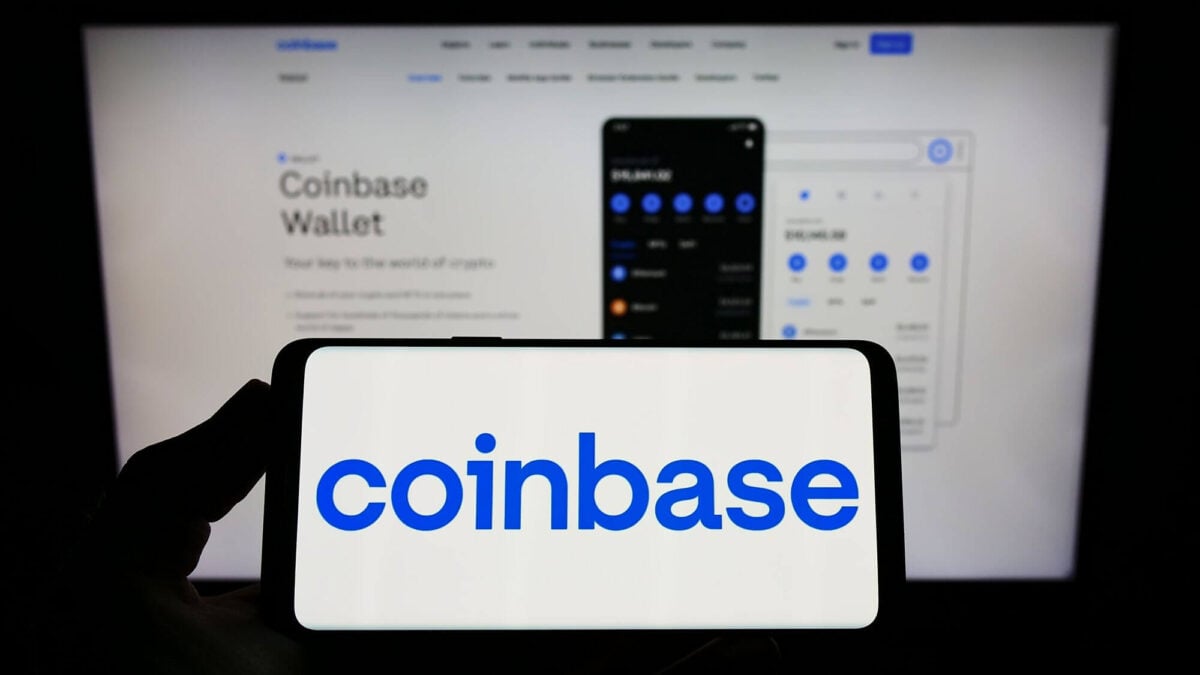TLDR
- Coinbase’s x402 payments protocol recorded nearly 500,000 transactions in one week, marking a 10,780% increase from the previous month
- The protocol revives the unused HTTP 402 “Payment Required” code to enable direct stablecoin payments between AI agents and humans without intermediaries
- Transaction volume peaked at $332,000 on Thursday, with Friday recording 239,505 individual transactions
- The x402 token ecosystem has grown to $180 million in market value, increasing 266% in 24 hours
- Developers are using the x402 framework to launch new tokens, prompting CoinGecko to create a dedicated “x402 tokens” category
Coinbase’s experimental x402 payments protocol has experienced explosive growth in October. The system processed nearly 500,000 transactions between October 14 and 20, representing a 10,780% increase compared to the previous four-week period.
A new narrative x402 powered by @Coinbase and Google.
In simple terms x402 is an open source, internet native payment protocol launched by @Coinbase
It leverages the HTTP 402 “Payment Required” status code to allow instant micropayments in stablecoins (like USDC) directly… pic.twitter.com/ulGzgShNiV
— Beni💗 (@0x_beni_) October 24, 2025
The x402 protocol, first introduced in May, repurposes the long-dormant HTTP 402 status code. The original code was reserved for “Payment Required” but never implemented in standard web protocols.
Coinbase’s version creates a direct payment layer for the internet. Users or AI agents request a service, receive a 402 payment prompt, and send a signed stablecoin payment that gets verified on-chain automatically.
Let's discuss the latest Trend of #x402 (Payment protocol by @coinbase )
What is x402?
It’s an internet-native payment protocol that brings instant, cheap, machine-friendly payments over HTTP (yes, the “402: Payment Required” code).
Think pay-per-request for APIs, data, and… pic.twitter.com/uXu0FnzW1M
— Raajeev Anand (@rajeevanandspur) October 26, 2025
The system eliminates the need for credit cards or traditional payment intermediaries. All transactions occur through stablecoins on the Ethereum blockchain.
Transaction activity peaked on Friday with 239,505 recorded transactions. Thursday set a volume record with $332,000 processed through the protocol.
Coinbase CEO Brian Armstrong confirmed the growth, stating “x402 growing like crazy” on social media. The surge comes as the crypto industry focuses on “agentic AI,” referring to autonomous artificial intelligence systems capable of managing financial operations independently.
AI Agents Drive Payment Revolution
Venture capital firm a16z Crypto projects autonomous AI agents could handle up to $30 trillion in transactions by 2030. This prediction appeared in the firm’s 2025 State of Crypto report released this week.
Coinbase developers Kevin Leffew and Lincoln Murr explained in August that x402 addresses specific needs of AI agents. These systems require atomic payments, programmable policies, and composable wallets to function without human oversight.
The developers wrote that Ethereum and stablecoins provide exactly those capabilities. They envision AI agents autonomously paying for computational resources, data storage, or transportation services.
Real-world applications could include self-driving vehicles paying tolls with stablecoins. Apps might permanently store data by automatically sending stablecoin payments to storage providers.
Currently, AI agents handle limited autonomous crypto trading. They review market data, execute trades, and manage portfolios without human intervention.
The x402 protocol expands these capabilities to general internet payments. Leffew and Murr argue Ethereum’s trustless settlement layer streamlines invoice processing and dispute resolution, including chargebacks.
Token Ecosystem Emerges Around Protocol
Developers have begun using x402’s framework to create new tokens. KuCoin Ventures reported this trend sparked a wave of x402-powered memecoin projects.
CoinGecko responded by adding “x402 tokens” as a separate category on its platform. The category has grown to $180 million in market value, up 266% in just 24 hours.
One token called PING became central to x402 testing. Phemex data shows PING attracted 31,000 new buyers and generated $3.5 million in daily trading volume.
Some observers questioned whether the transaction surge reflects genuine usage. One social media user suggested the numbers could be artificially inflated, comparing it to how blockchain transactions can be manipulated to exaggerate activity.
Others praised the development. Suede Labs commented on the achievement, stating “The enthusiasm behind it says everything about where we’re headed.”
Binance recently added x402 support to its platform. The integration allows users to trade compatible tokens through Binance’s wallet system.
The exchange’s involvement helps establish legitimacy for the protocol. It also exposes x402 to Binance’s large user base.
Coinbase announced “Payments MCP” this month, a system enabling large language models like Claude and Gemini to handle wallet operations. The system processes fiat on-ramps and stablecoin payments through natural language commands.
Dan Kim, Coinbase’s vice president of business development, and Erik Reppel, head of engineering for the developer platform, called stablecoins “the perfect payment infrastructure for agentic commerce.” Users can create wallets with only an email address, requiring no developer setup or API keys.





